
These four iconic cinemas, each with its own unique characteristics, have not only witnessed the development of Shanghai’s film art but also carried the cultural memories of Shanghainese for decades, even a century.
Shanghai Film Art Center (SFC):
Shanghai’s First Five-Star Cinema
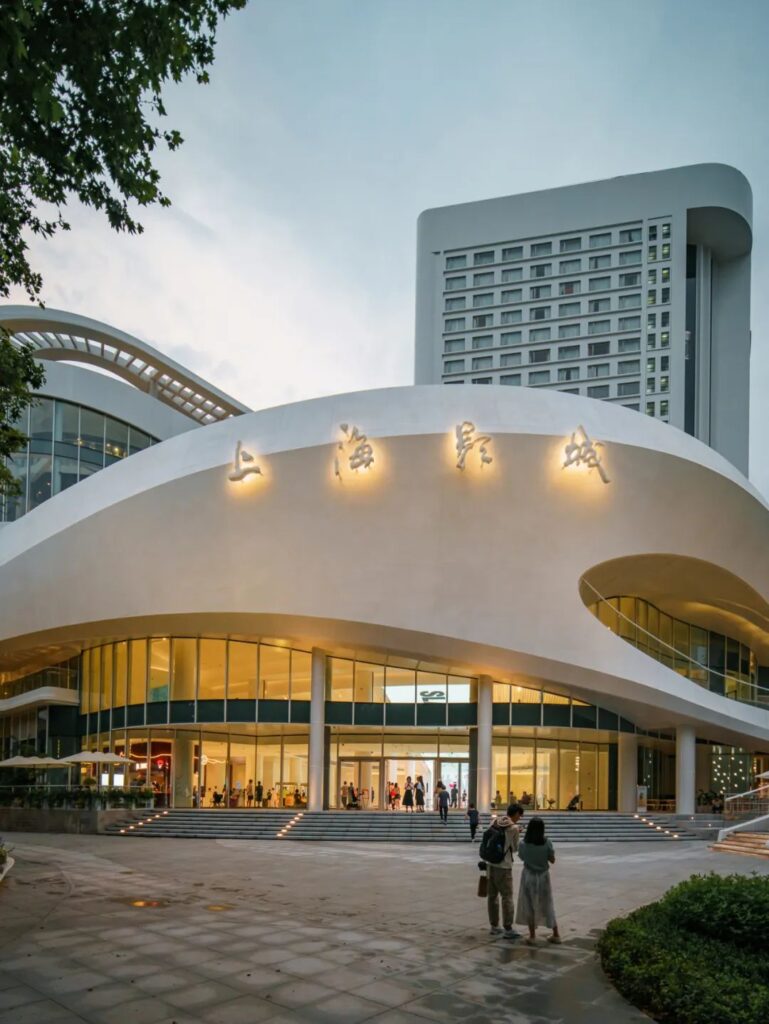
As the main venue for previous Shanghai International Film Festivals, Shanghai Film Art Center has gathered numerous excellent films and hosted countless premieres, making it a “holy land of cinema” in the hearts of many movie fans. This year, seven cinemas under Shanghai Film Group will participate in the Shanghai International Film Festival screenings, making it the largest screening cinema system in this film festival.

Born in 1991, this five-star cinema is not only Shanghai’s first five-star cinema but also the most invested, largest-scale, and most advanced film cultural facility in Shanghai since the founding of the People’s Republic of China in 1949.
Many names that shine brightly in film history have left their footprints at the Shanghai Film Art Center: Oliver Stone, Nagisa Oshima, Meryl Streep, Juliette Binoche, and the film “Love Myth” that was wildly popular in Shanghai a couple of years ago…

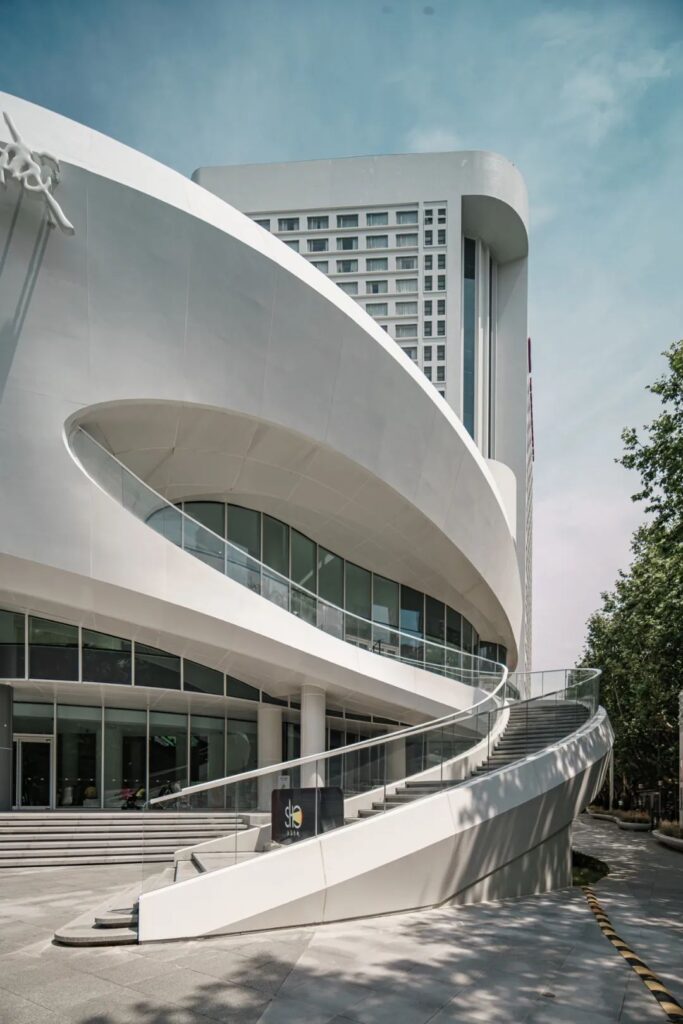
Last year, Shanghai Film Art Center underwent an upgrade and reopened. While the interior functions were renovated, the exterior was also transformed into pure white, appearing more lightweight under the blue sky, white clouds, and the shade of parasol trees. The high steps and parking lot at the entrance have been replaced by an open square with flower beds and seats, fully integrating into the Xinhua Road and Panyu Road neighborhood.

The interior of the cinema has also been upgraded: the ultra-long naked-eye 3D screen in the entrance hall immediately raises the sense of technology. The No. 1 hall, known as the “Thousand-Seat Hall” by movie fans, is Asia’s first Dolby Cinema with over a thousand seats, featuring the same audio system as the Hollywood Academy Awards ceremony hall, elevating the viewing experience by several levels compared to before.
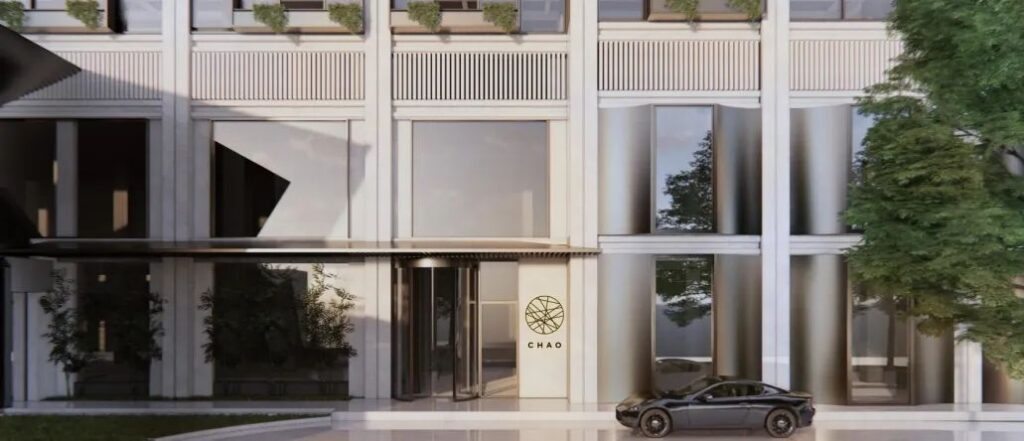
During the Shanghai International Film Festival, Shanghai Film Art Center will join forces with the interconnected Shanghai Film Art Center, CHAO Hotel, and the International Film Club to upgrade to a FOD (Film-Oriented Destination) and start a new chapter together, exploring the infinite possibilities of film art.

In this Shanghai International Film Festival, Shanghai Film Art Center will bring 154 films in 17 units, including Tribute to Masters, New Chinese Wind, and Diverse Perspectives, with 14 of them being Golden Goblet Award main competition feature films. After watching the movies, don’t forget to check in at the super chill film-themed market in the outdoor plaza.
📍: No. 160 Xinhua Road, Changning District (at the intersection of Panyu Road)
Grand Cinema
The First Cinema of the Far East
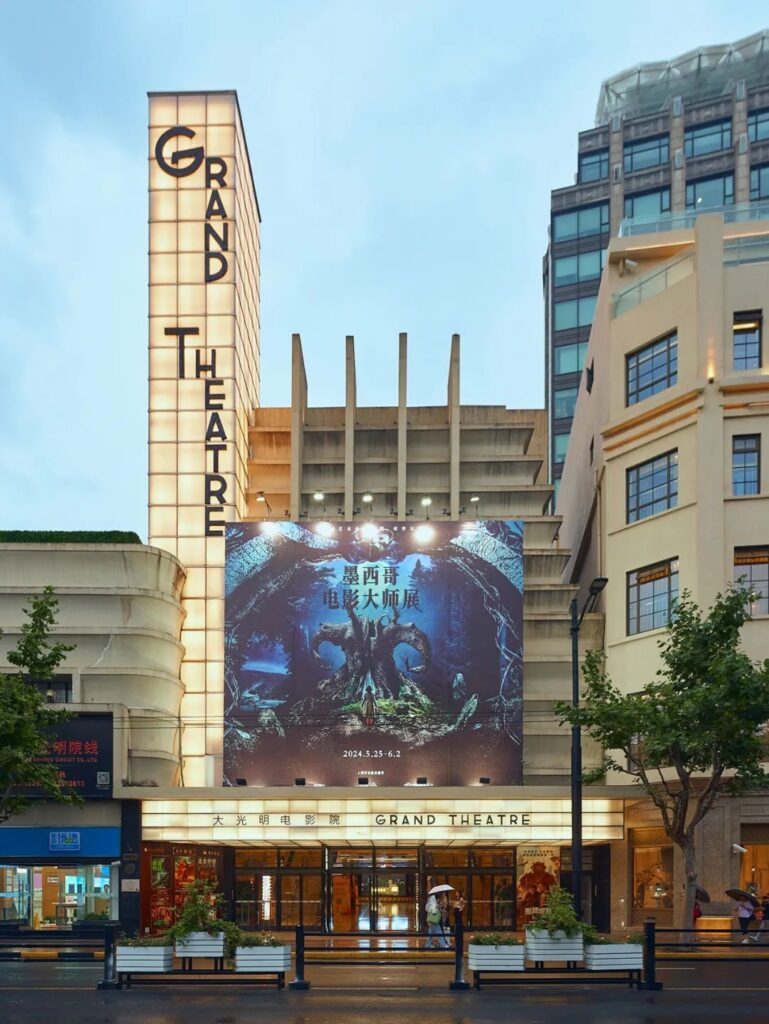
At the intersection of the high-rise-filled Nanjing East Road and Nanjing West Road stands a three-story modernist building—Grand Cinema. This historic cinema, originally built in 1928 and rebuilt in 1933, is like an old aristocrat with enduring charm, carrying the beautiful memories of millions of Shanghainese.
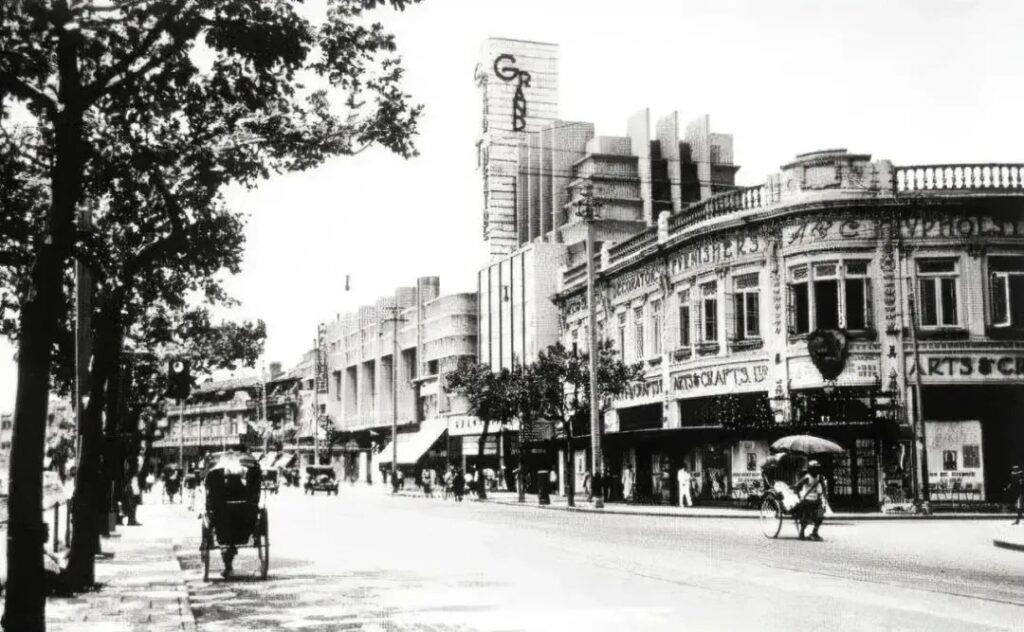
The cinema was designed by the famous Hungarian architect László Hudec. In addition to the screening hall, it also had a coffee shop, billiard room, ballroom, and other leisure and entertainment facilities. At that time, it was praised as the “First Cinema of the Far East” for its huge investment, luxurious architecture, complete facilities, and attentive service.

Over the past 90 years, the cinema has undergone multiple renovations and modifications, yet it still maintains its original glamour. The glass lighthouse above the main entrance remains brightly lit throughout the night, making it very eye-catching. The nearly 100-square-meter glass curtain wall above the main entrance is hung with huge posters whenever there is an important film premiere or film festival opening, making it a significant landmark.
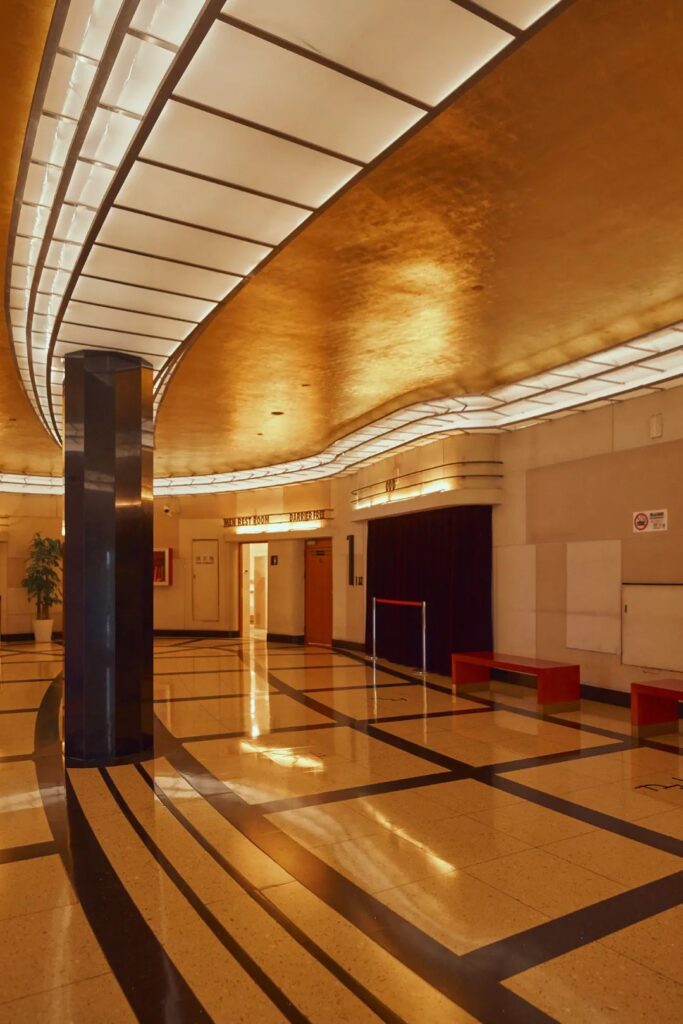
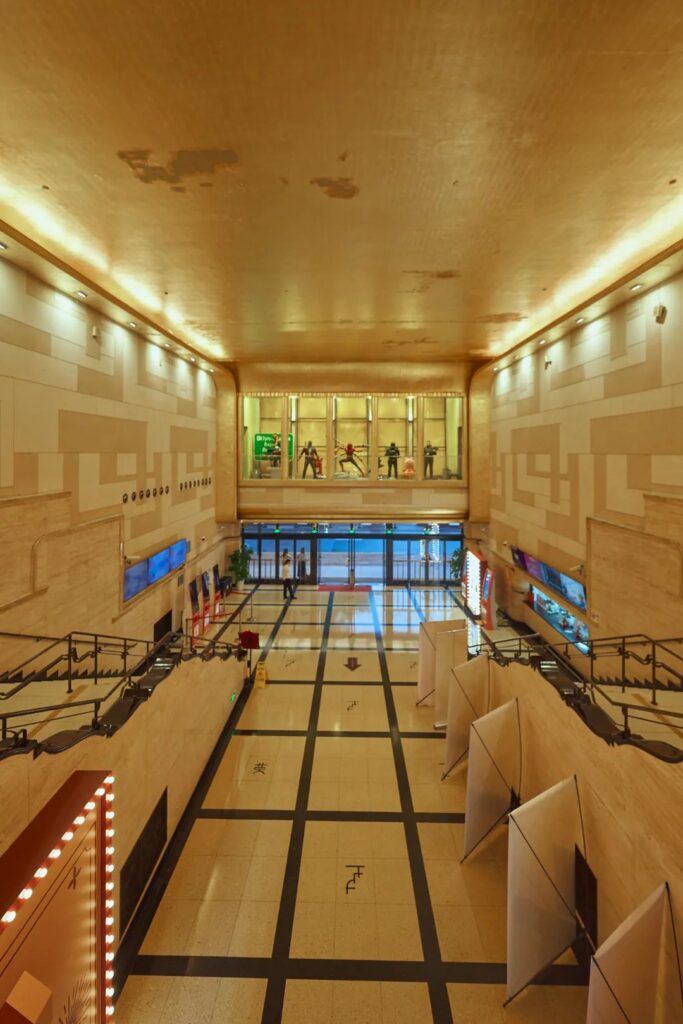
Hall No. 1 has 1,365 seats, making it the largest screening hall in Shanghai. The ceiling of the entrance hall is fully covered with 24K gold foil. Walking from here into the cinema is like slowly entering the enchanting world of the silver screen from the real world.

If you observe carefully, you will find three abstract patterns on the marble floor of the first-floor entrance hall and the second-floor lounge, which are the “Hudec Codes.” These codes are the marks Hudec hid in his masterpieces, implicitly containing his name.

In addition to its cinema function, Grand Cinema’s catering is also a wonder. Restaurants such as People’s Restaurant and Duoli Sichuan Restaurant have successively settled in. Recently, the cinema underwent a brand update, introducing the “Midnight” light and shadow restaurant on the top floor terrace, which will become the world’s first film-themed immersive restaurant.

With a 200-square-meter digital sky curtain, a 600-square-meter panoramic terrace, and surrounding holographic imaging… watching movies and dining here while enjoying the lush greenery of People’s Park is incredibly romantic.
A visit to Grand Cinema offers high added value, allowing you to watch movies, appreciate architecture, dine, and gather… In the 2024 Shanghai International Film Festival, it will once again showcase the grand realm of the “First Cinema of the Far East.”
📍: No. 216 Nanjing West Road, Huangpu District
Cathay Cinema
Once the Most Expensive Cinema in Shanghai
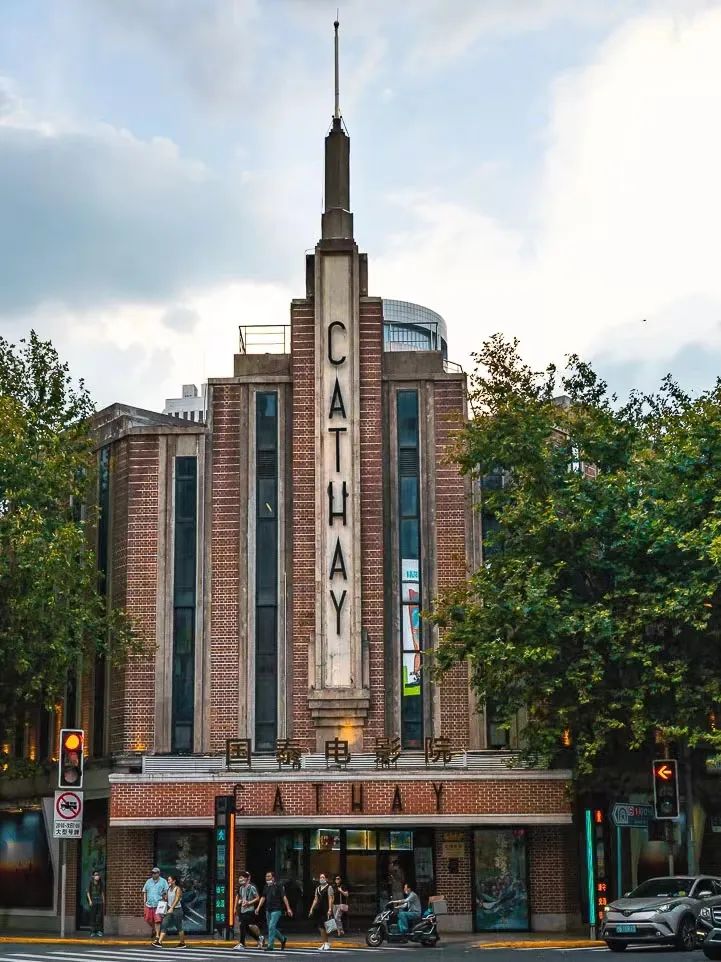
Built in 1930, Cathay Cinema was the fashionable dating spot for Shanghai’s men and women at the time. It was also the place where “Xiao Mao, Hu Sheng, and A Bao” from the novel “Blossoms” often watched movies. Back then, the queue to buy a movie ticket at Cathay could stretch to the entrance of Jinjiang Hotel, winding nearly 200 meters.
As Shanghai’s first-run special-grade cinema, Cathay was also once the most expensive cinema in Shanghai. When it first opened, matinee tickets cost 1 to 1.5 yuan, and evening tickets cost 1.5 to 2 yuan! To put this into perspective, at that time, a middle-class family in Shanghai had a monthly salary of only around 30 yuan.

The cinema’s architecture is also quite distinctive. The exterior walls are made of purplish-red Taishan bricks with white seams, giving it an artistic flair. Above the main entrance, the narrow, straight, protruding pointed top embedded with the words “CATHAY THEATRE” exudes an extraordinary aura.
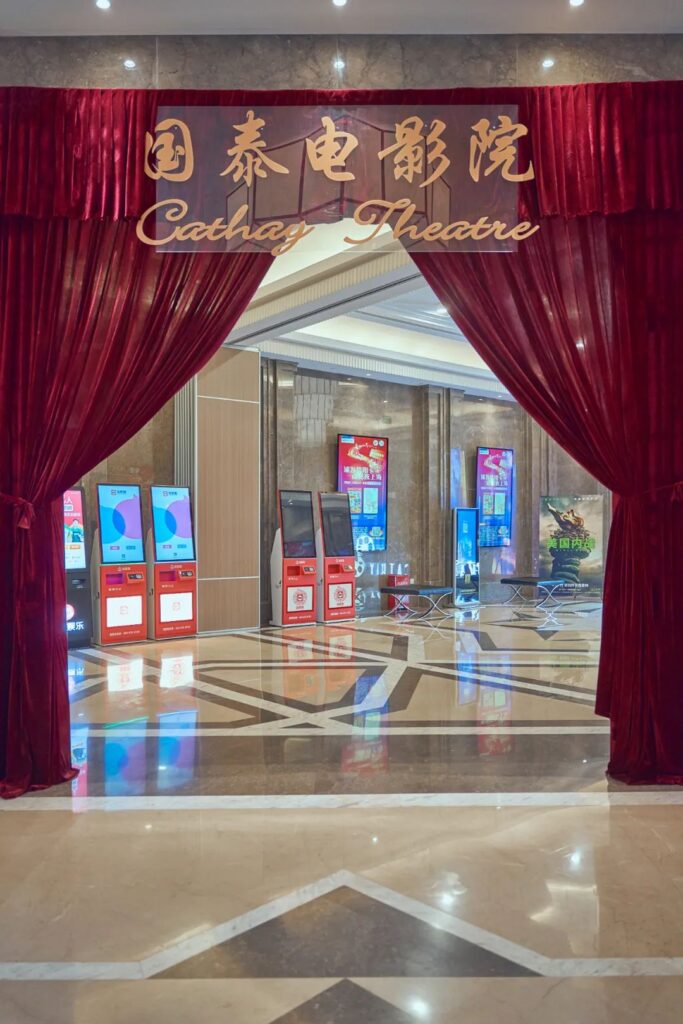

The interior facilities were also top-notch in Shanghai at the time. Not only was it equipped with air conditioning for both cold and warm air, but it also had bowl-shaped lights arranged in a crisscross pattern on the left and right, with light and shadow intermingling on the two vertical light columns on either side of the stage, making it quite grand.
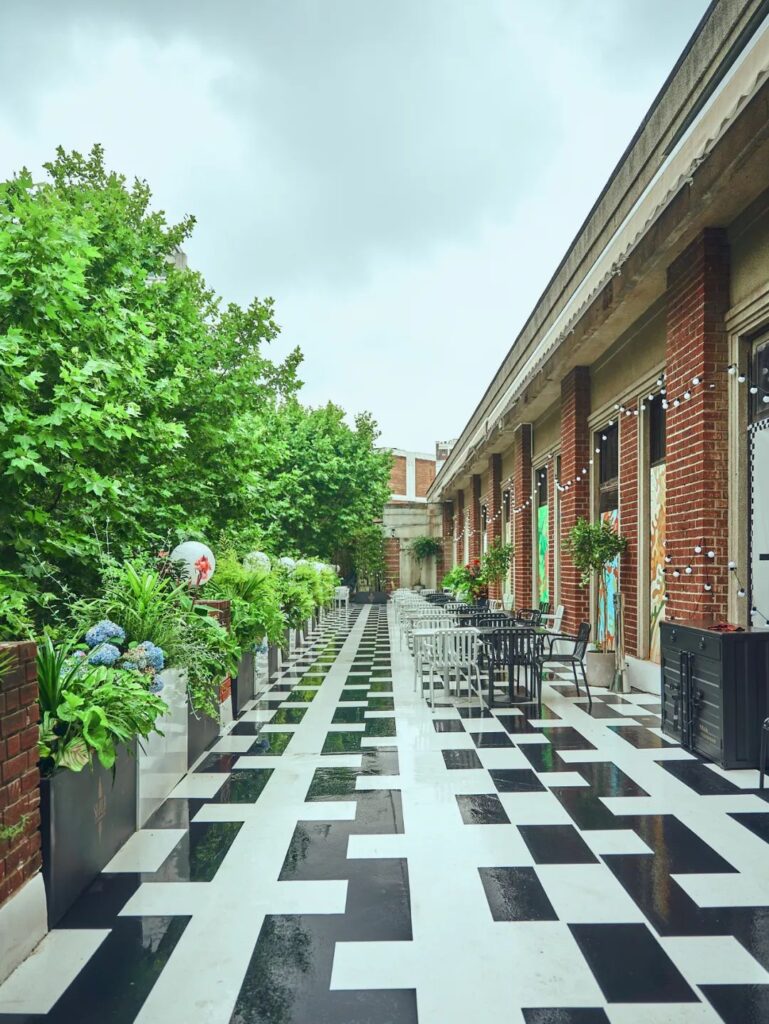
Earlier this year, Cathay Cinema reopened after more than a year of upgrades. In addition to the renovated interior halls, a new coffee shop called “SHALA” with a Shanghai-style ambiance was added. The elegant and modern design style doesn’t lack a sense of relaxation, and the terrace offers an excellent view, full of Shanghai flair.
Cathay Cinema’s significance to Huaihai Road is just like Grand Cinema’s significance to Nanjing Road. They are truly the palace-level cinemas on two of Shanghai’s century-old streets. Even if you couldn’t snag a movie ticket at Cathay for this year’s film festival, it’s still worth going in for a stroll.
📍: No. 870 Middle Huaihai Road, Huangpu District (at the intersection of Maoming South Road)
Lyceum Theatre
China’s First Western-Style Theater
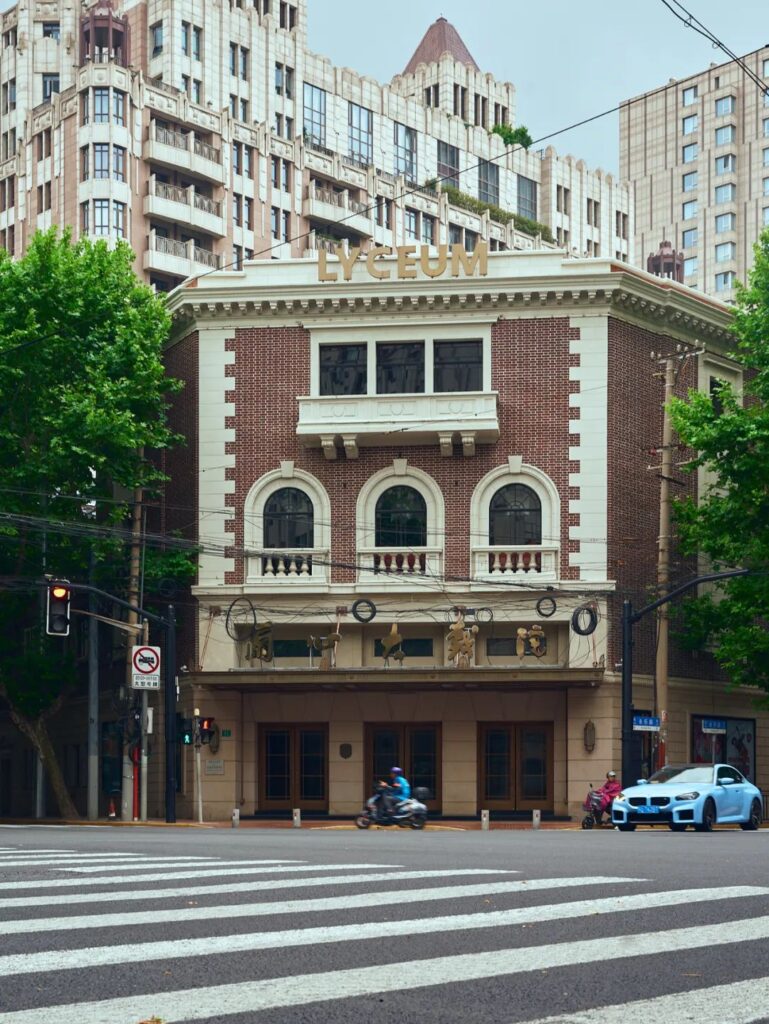
Established in 1867 and having experienced multiple relocations, renovations, and changes of ownership, Lyceum Theatre is China’s first Western-style theater and also the oldest theater still in use in Shanghai.
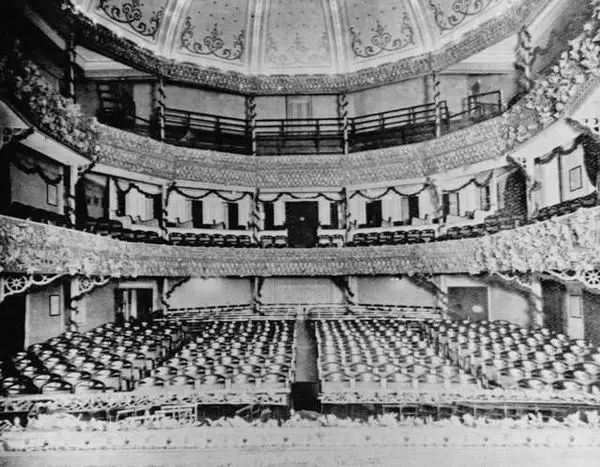
At that time, Lyceum was the theater with the richest and highest-level performances in Shanghai. It was also a gathering place for foreign consuls stationed in Shanghai and celebrities from all walks of life. Renowned troupes such as the Russian Expatriate Ballet Troupe, the Russian Opera Troupe, and the Municipal Council Symphony Orchestra would perform here. It was through the Lyceum stage that ballet first entered the Chinese public’s view.

From stage arrangement and lighting effects to the performed repertoire, everything about Lyceum led the cultural development of that era. Even the act-based performances commonly used in modern theater first appeared at Lyceum. Even theater regulations such as assigned seating and latecomers entering between acts began to gain popularity from Lyceum.
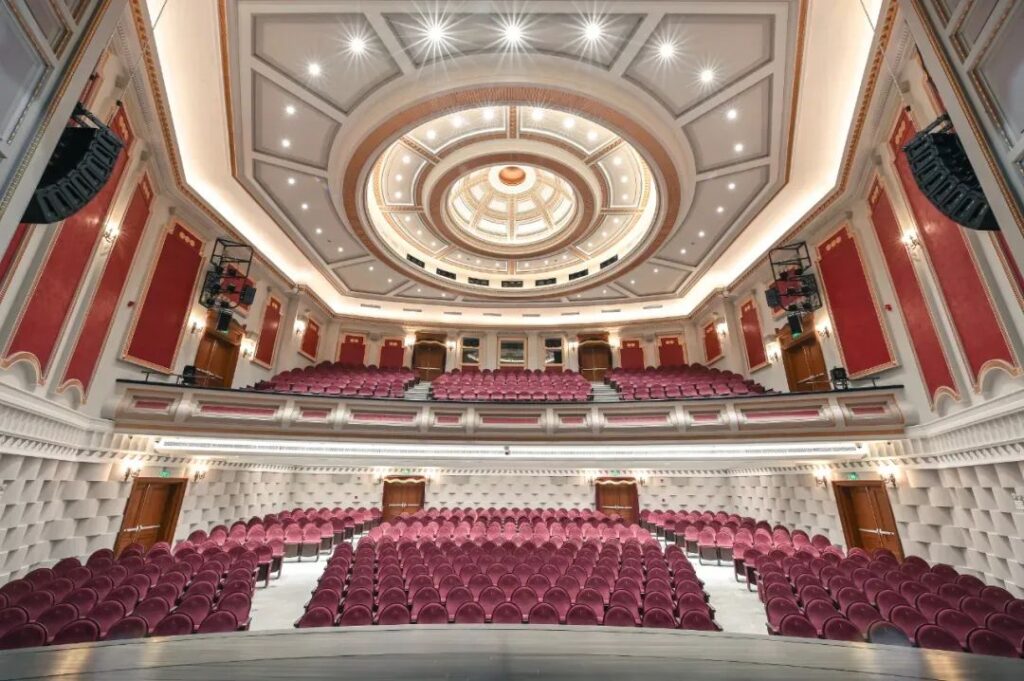
In 2022, Lyceum made a grand return after its fifth renovation. Retro wall lamps and exquisite carvings adorn the simple lines and color blocks, blending modern fashionable elements while inheriting the architectural style of 18th-century Rome. At the same time, the number of seats in the auditorium increased from 681 to 702, and the acoustic effect of the perforated sound-absorbing panels also enhanced the overall viewing experience.
Looking back on Lyceum’s 157-year history, this old theater has left behind the lingering melodies of too many musicians. This film festival marks its first time being listed as one of the four main venues. Not only is it full of sincerity, bringing many exciting films, but it also offers benefit activities such as exchanging films for metal hollow badges and Lyceum Theatre acrylic keychains (please inquire on-site for details).
📍: No. 57 Maoming South Road, Huangpu District (near Changle Road)





